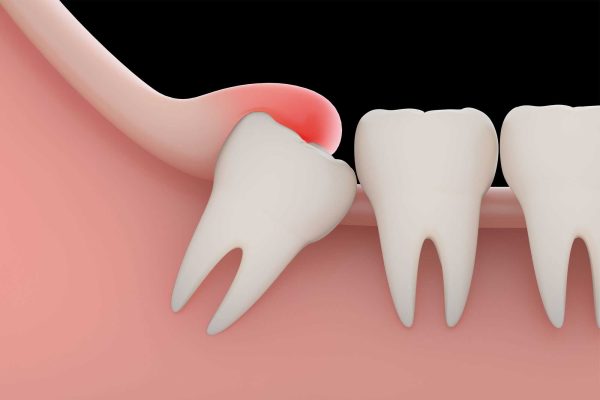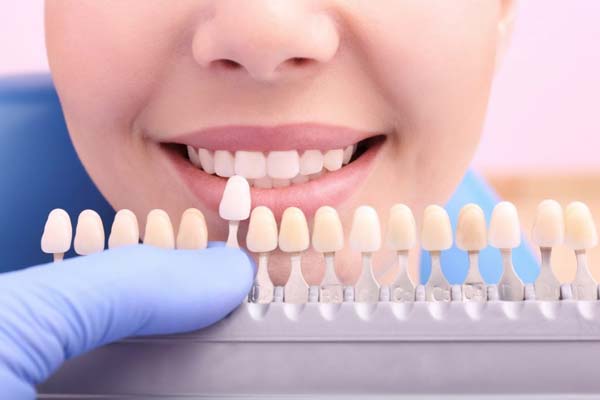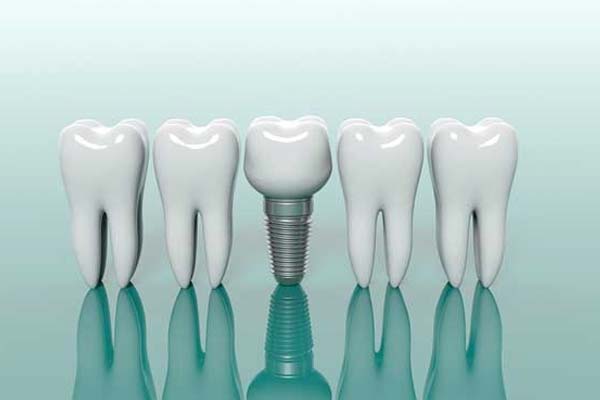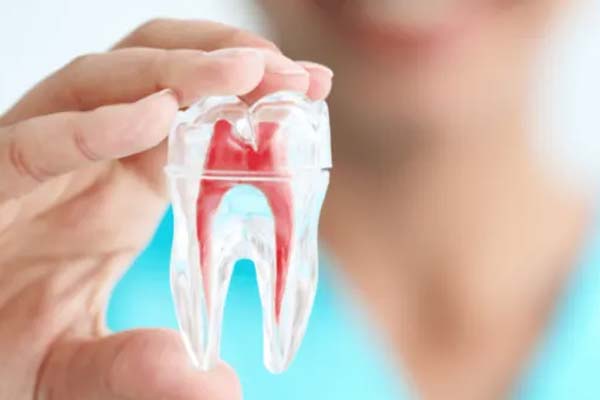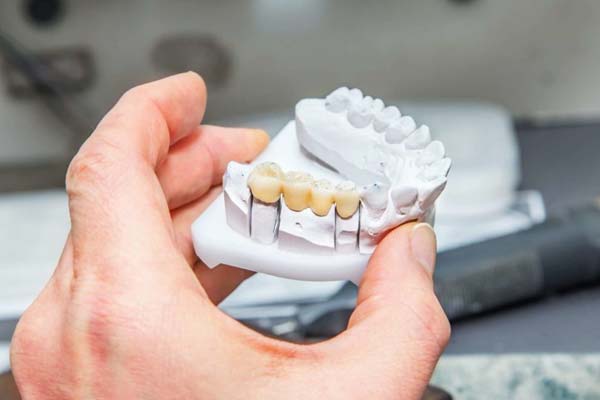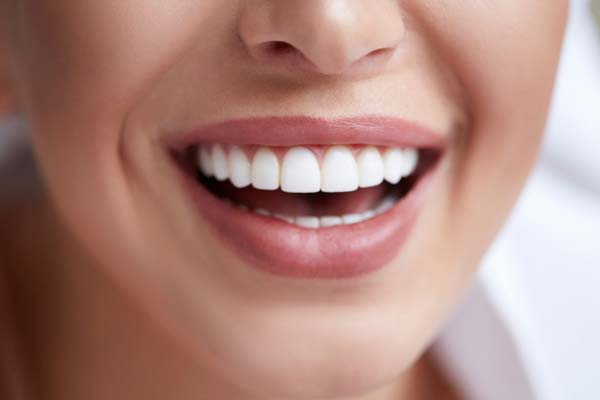In the world of dentistry, dental crowns and bridges are two essential solutions that can restore your smile’s beauty and functionality. Whether you have damaged or missing teeth, these procedures can have a significant impact on your oral health.
Understanding Dental Crowns
What Are Dental Crowns?
A dental crown is a cap that covers a damaged or decayed tooth. It serves as a protective shell, strengthening the tooth and improving its appearance.
When Are Dental Crowns Necessary?
- Severe Tooth Decay: When a tooth has extensive decay that cannot be fixed with a filling, a crown is often the best solution.
- Cracked or Broken Teeth: Dental crowns can restore the structure and strength of a tooth that has been cracked or fractured.
- Root Canal Treatment: After a root canal procedure, a crown is usually placed on the treated tooth to prevent further damage.
The Dental Crown Procedure
Getting a dental crown involves several steps:
1. Examination and Consultation
Your dentist will assess the condition of your teeth and discuss a treatment plan with you.
2. Tooth Preparation
The dentist will remove any damaged or decayed portions of your tooth to create a suitable foundation for the crown.
3. Impressions
Precise impressions of your prepared tooth will be taken to ensure the crown fits perfectly.
4. Temporary Crown
While the permanent crown is being crafted in a dental lab, you’ll receive a temporary crown to protect your tooth.
5. Crown Placement
Once the permanent crown is ready, it will be cemented onto your tooth, restoring its function and aesthetics.
Dental Bridges: Bridging the Gap
What Are Dental Bridges?
Dental bridges are prosthetic devices used to replace one or more missing teeth. They consist of artificial teeth (pontics) anchored to adjacent natural teeth or implants.
When Are Dental Bridges Necessary?
- Missing Teeth: Bridges are an excellent solution for individuals with gaps in their smiles due to missing teeth.
- Improved Chewing and Speaking: Bridges restore your ability to chew and speak properly, which can be compromised with missing teeth.
- Maintaining Facial Shape: Missing teeth can lead to changes in facial appearance, and bridges help maintain your natural look.
The Dental Bridge Procedure
Here’s an overview of the dental bridge placement process:
1. Initial Examination
Your dentist will assess your oral health and discuss the bridge options suitable for you.
2. Preparing the Anchor Teeth
The teeth adjacent to the gap will be prepared by removing a portion of their enamel to accommodate the bridge.
3. Impressions
Precise impressions of your prepared teeth will be taken to create a custom bridge.
4. Temporary Bridge
While your permanent bridge is being fabricated, you’ll wear a temporary bridge to protect your teeth.
5. Bridge Placement
Once the permanent bridge is ready, it will be carefully placed and secured, restoring your smile’s completeness.
Benefits of Dental Crowns and Bridges
Dental crowns and bridges offer numerous advantages, including:
- Restored Functionality: Both procedures improve your ability to chew and speak properly.
- Enhanced Aesthetics: Your smile will look natural and beautiful.
- Durability: Crowns and bridges are long-lasting solutions.
- Preservation of Oral Health: They prevent further dental issues caused by damaged or missing teeth.
Conclusion
Dental crowns and bridges are valuable tools in modern dentistry, providing solutions for damaged and missing teeth that can transform your smile and improve your oral health. If you have dental problems, consult your dentist immediately about these procedures.
FAQs
1. Are dental crowns and bridges permanent?
No, while they are durable, dental crowns and bridges may require replacement after several years, depending on your oral hygiene and habits.
2. Is the placement of dental crowns and bridges painful?
The treatment is usually performed under local anesthesia, so you will not feel any significant pain. Some discomfort may occur during recovery.
3. How do I care for my dental crown or bridge?
Maintain good oral hygiene by brushing, flossing, and attending regular dental check-ups. Avoid biting on hard objects to prevent damage.
4. Can dental bridges be used to replace multiple missing teeth?
Yes, dental bridges can replace multiple adjacent missing teeth, restoring both function and aesthetics.
5. Are dental crowns and bridges covered by dental insurance?
In many cases, dental insurance plans provide partial coverage for these procedures. Be sure to check with your insurance provider for details.



